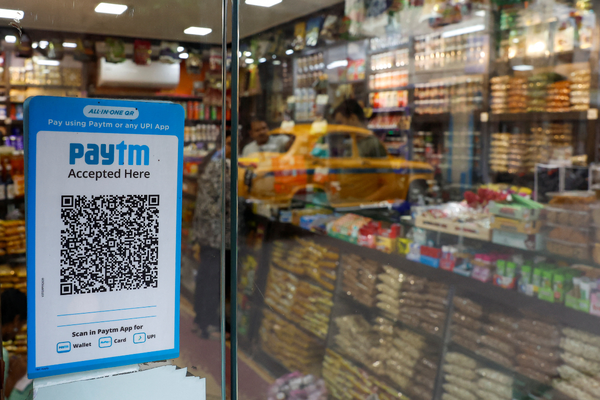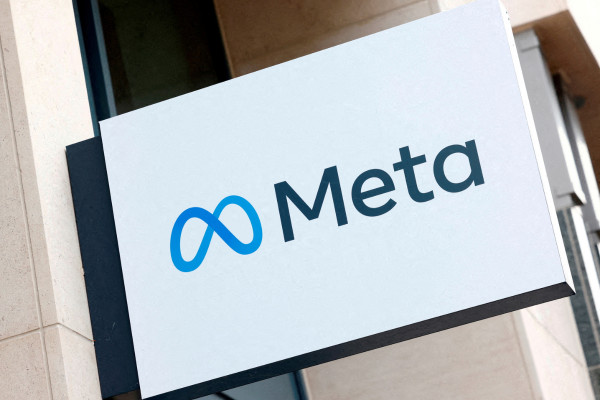The Expert View: Banking - making payments data actionable
Sponsored by IntixBanks need greater visibility of payments data so they can meet customer expectations, cut costs, and keep pace with competition. However, regulation, legacy tech and budgets constraints are holding them back.

In the challenging world of modern banking, creating an advantage means having complete visibility of payment data, said Sandrine Garin, Chief Product Officer at Intix, opening a Business Reporter breakfast briefing at London’s Goring Hotel. She told the group of senior banking executives that as customer needs evolve, the challenge is maintaining that visibility.
It isn’t easy, however. Most of those at the briefing could see the benefits of improved visibility but struggle to achieve it at speed and scale. The challenge is increased by the amount of investment required to comply with regulations, which leaves little budget for other projects.
Why are payments so hard to track?
It isn’t that banks don’t have the data, attendees said. The problem is accessing it at the speed and scale required in modern banking. There is so much data to be gathered, from who made the payment and to whom, to what device they used, their browser, location, and more.
One of the major reasons for the delay is legacy systems, which trap the data in siloes. Connecting them is hard and time-consuming. Plus, in the words of one participant, “banking systems are not really very digital”. Underneath, they depend on armies of offshore workers to keep things going, so improvements are expensive.
Replacing these systems with newer technology and greater automation would help but getting the budget is not easy. Banks are spending so much on regulatory compliance - which we’ll come to in more detail shortly - that there is little left to invest elsewhere. Plus, they don’t see enough short-term returns on those investments.
Why do banks need more transparency?
Even so, those investments would pay off eventually, those at the briefing agreed. A better understanding of the data would enable banks to offer better personalisation, for example, as well as helping to cut costs. They all have a lot of people monitoring payment data now and these people could be moved to more useful tasks.
Greater transparency would also make it easier to give regulators the information they need, more quickly, and would help anti-fraud teams to better detect suspicious activity. What’s more, participants said, customer expectations are constantly increasing.
Rising expectations are partly being driven by FinTech’s and the payment activities of big tech companies. They are building tools on top of banking services that gather consumer data and risk leaving banks as mere utilities, responsible for the pipes underneath. They can do all that without being banks. In fact, attendees said those companies would probably rather not be banks because then they would have to deal with regulation.
The challenge of regulation
The pace of regulatory change is difficult for banks, those at the briefing said. They are constantly investing to ensure that they comply, but differences between countries can be particularly challenging. Different jurisdictions sometimes have contradictory regulations, which can force banks to have one local solution and another that syncs with international efforts.
Regulations are also sometimes unclear. Several attendees said they aren’t sure exactly what they are allowed to do with the data that they collect. One US payment provider tracks payments in such detail that they can provide a restaurant, for example, which the data they need to reorder stock. Some at the briefing said they weren’t sure whether banks would be allowed to do the same. It’s vital that banks protect their reputation to maintain customer and regulatory trust, so data use must be carefully managed. In contrast, non-regulated fintech’s can take a riskier posture.
That said, there were some positive comments about regulators, too, because participants recognise that their job is to protect consumers. There were some suggestions that regulators might drive change by specifying standards for payment data.
Increasing visibility
Even if it doesn’t come from regulators, there was hope that some kind of framework for financial data exchange could be agreed so each bank would not have to build their own solution. It was even suggested that some of this might be paid for by public money, since payment pipes are vital to sustaining economic activity. Whether that happens or not, banks need to normalise their data so they can apply analytics and derive insights. Only when this is fixed can technology be added. Technology on its own is not a solution, attendees said.
Banks should also remember that they have the scale to compete, one participant noted. They can adopt systems others are using, acquire companies that have developed new approaches, or they can compete by making their own. Partnering with fintech’s can also accelerate banking innovation, allowing them to implement solutions quickly, instead of going through a lengthy in-house development process. They could also do more to allow people to connect to their systems. An app developer can easily add the Stripe payment system, an attendee explained, because the documentation is publicly available, but banks are much harder to integrate with.
“The data is a goldmine. The challenge is how to mine it,” said Erik De Belder, Director, Americas, and UK at Intix, summing up the conversation. “The answer lies in collaboration and technology.”
To find out more, please visit: www.intix.eu

Business Reporter Team
Related Articles
Most Viewed
Winston House, 3rd Floor, Units 306-309, 2-4 Dollis Park, London, N3 1HF
23-29 Hendon Lane, London, N3 1RT
020 8349 4363
© 2025, Lyonsdown Limited. Business Reporter® is a registered trademark of Lyonsdown Ltd. VAT registration number: 830519543





